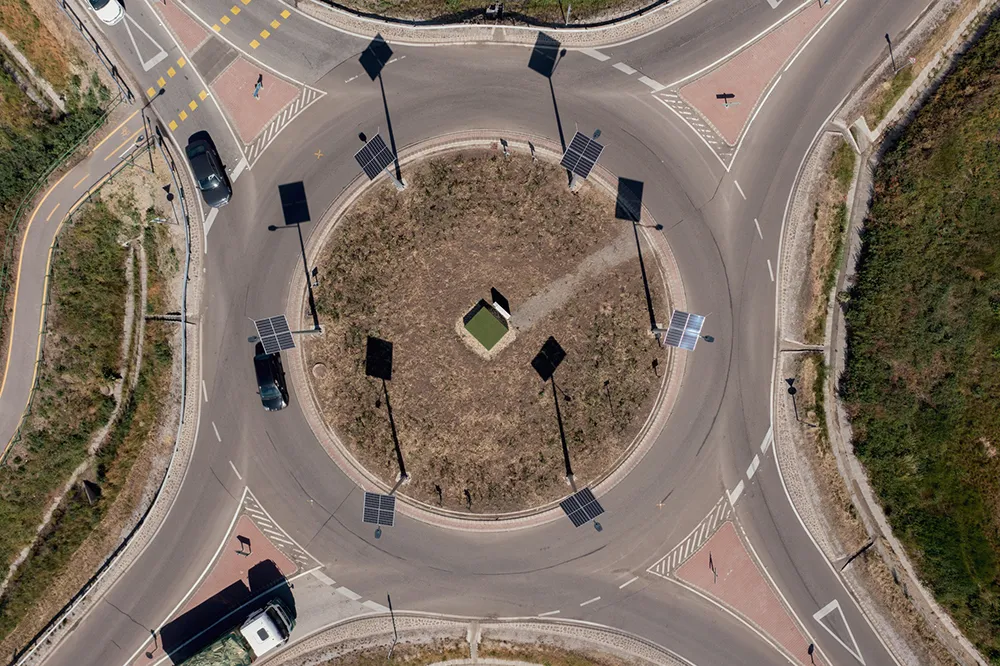Leicester City Council is to replace traffic signals across the city of Leicester with longer-lasting, energy saving LED signals which reduce carbon emissions and operational costs. the installation work will be carried out by Siemens.
Following a successful trial, the replacement programme will be carried out from May 2015 on traffic signals at 46 junctions and 83 pedestrian crossings across the city with the replacement of traditional traffic signal bulbs with new LEDs in almost 6,000 signal aspects a
April 23, 2015
Read time: 2 mins
Leicester City Council is to replace traffic signals across the city of Leicester with longer-lasting, energy saving LED signals which reduce carbon emissions and operational costs. the installation work will be carried out by 189 Siemens.
Following a successful trial, the replacement programme will be carried out from May 2015 on traffic signals at 46 junctions and 83 pedestrian crossings across the city with the replacement of traditional traffic signal bulbs with new LEDs in almost 6,000 signal aspects and 1,200 pushbutton units.
According to Siemens, low voltage and LED technologies offer a number of important benefits, including the reduction of carbon footprint, as well as in direct savings from reduced electricity costs, along with reduced costs of traffic signal maintenance. The company says the new LED traffic signals are more durable than traditional bulbs, with the new LED lights and only need to be replaced every seven years on average.
Leicester deputy city mayor with responsibility for climate change, Councillor Rory Palmer, said: “This programme is one of the biggest of its kind and is great news for Leicester. It's another significant step towards a greener, more energy-efficient transport network. ‘The LED lights need less maintenance and have lower running costs. The saved cash will be invested into other transport projects and that will keep our city moving in the right direction.”
Following a successful trial, the replacement programme will be carried out from May 2015 on traffic signals at 46 junctions and 83 pedestrian crossings across the city with the replacement of traditional traffic signal bulbs with new LEDs in almost 6,000 signal aspects and 1,200 pushbutton units.
According to Siemens, low voltage and LED technologies offer a number of important benefits, including the reduction of carbon footprint, as well as in direct savings from reduced electricity costs, along with reduced costs of traffic signal maintenance. The company says the new LED traffic signals are more durable than traditional bulbs, with the new LED lights and only need to be replaced every seven years on average.
Leicester deputy city mayor with responsibility for climate change, Councillor Rory Palmer, said: “This programme is one of the biggest of its kind and is great news for Leicester. It's another significant step towards a greener, more energy-efficient transport network. ‘The LED lights need less maintenance and have lower running costs. The saved cash will be invested into other transport projects and that will keep our city moving in the right direction.”









